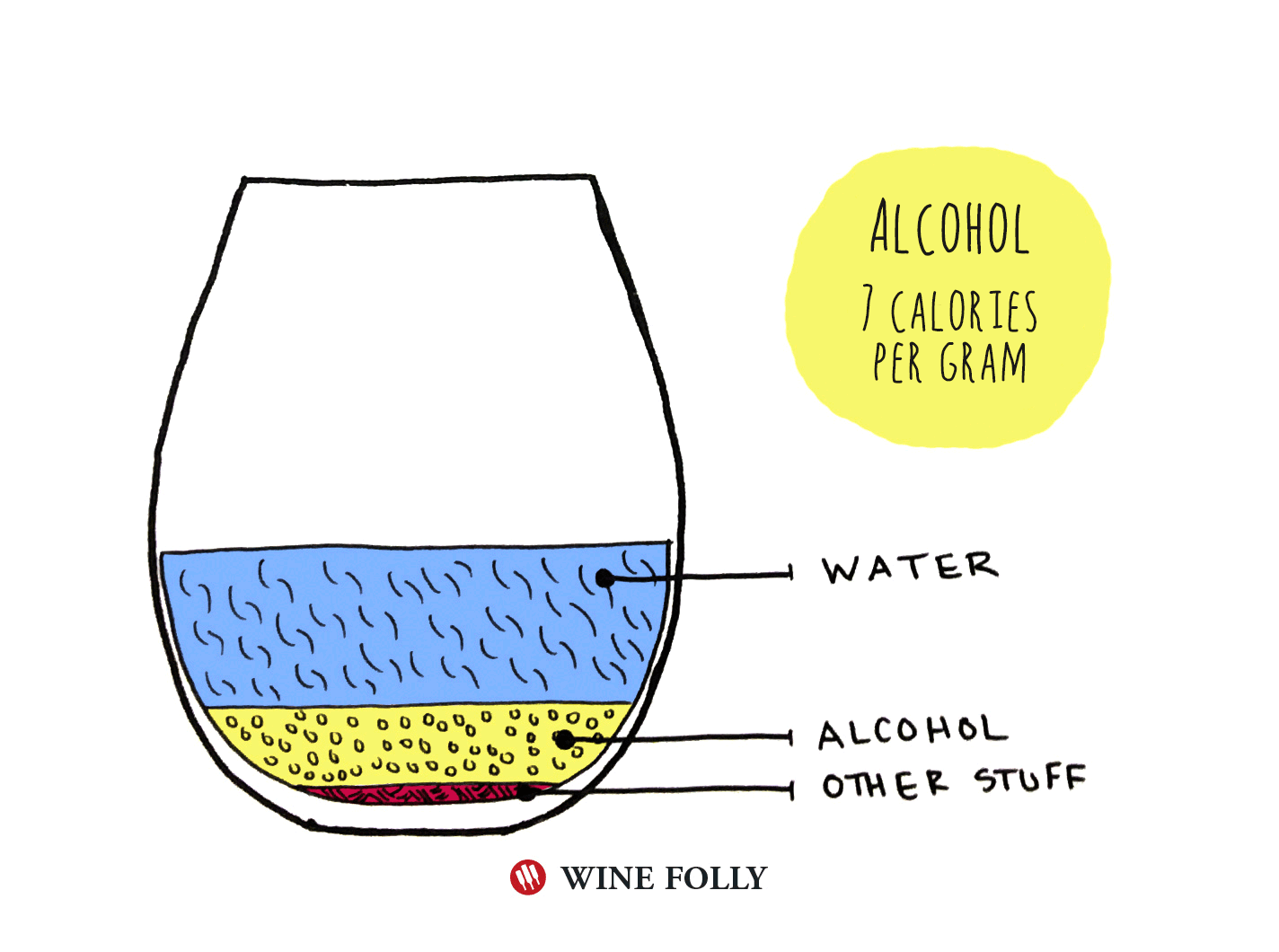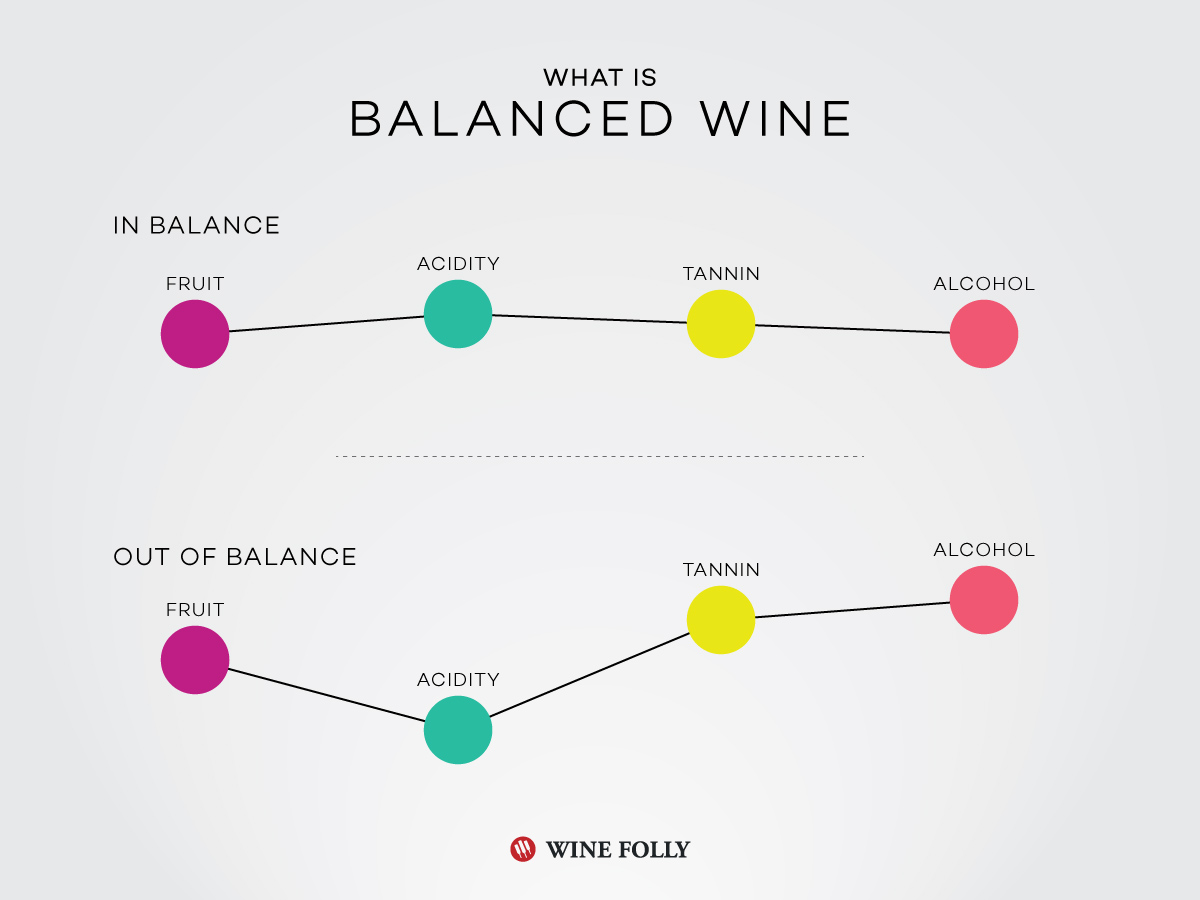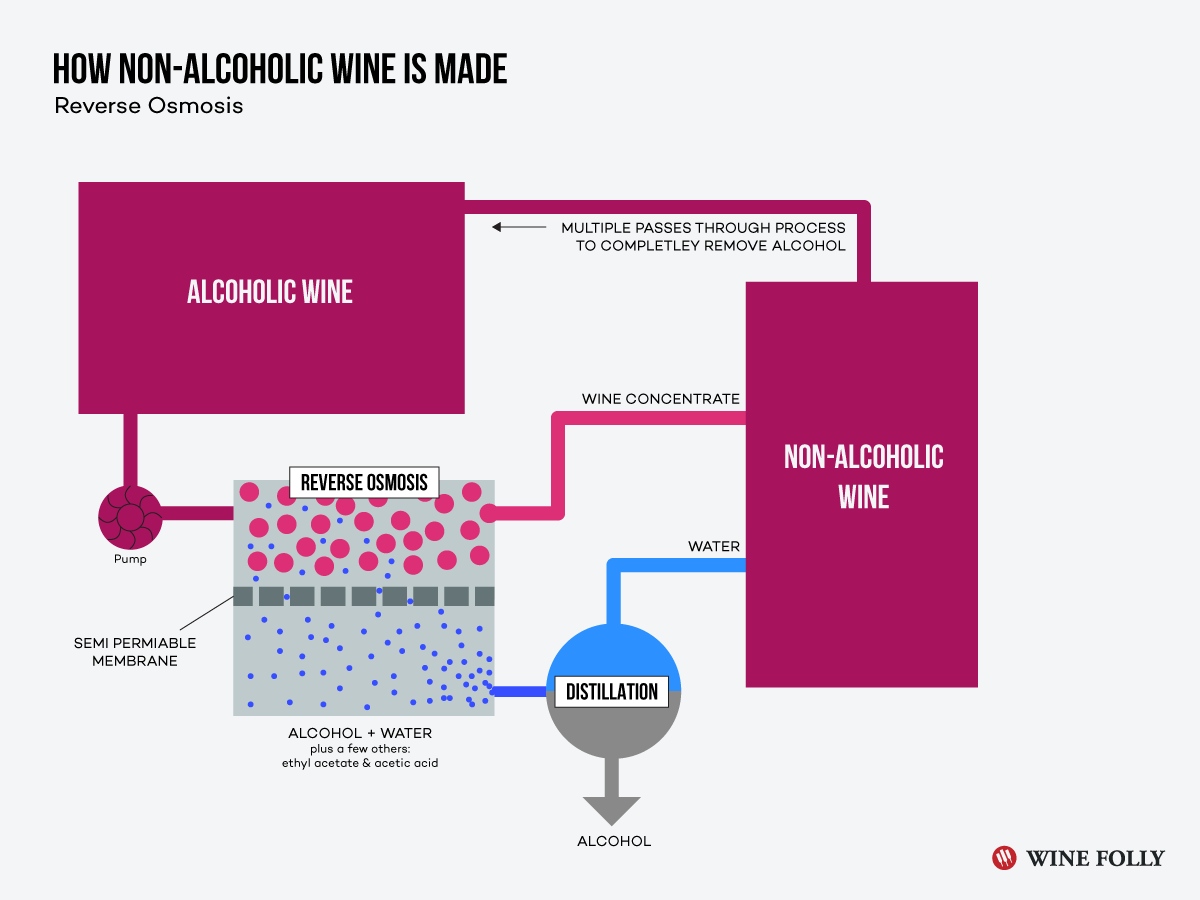Crazy Potential For Non-Alcoholic Wine?
Imagine raising your wine glass at a dinner party, fully immersed in the ritual of swirling, sniffing, and sipping – but there’s zero alcohol in your glass. Welcome to the fascinating world of non-alcoholic wine, where technology meets traditions to create something entirely new.
You might be sober-curious, health-conscious, the designated driver, or simply looking to cut back while keeping the pleasures of wine in your life. Whatever draws you to explore, non-alcoholic (NA) wines are having their moment. And unlike their syrupy predecessors that haunted store shelves in decades past, today’s options are surprisingly sophisticated.
TIP Think of NA wines like plant-based meat alternatives – they’re not trying to be exact replicas but rather capture what makes wine special while offering their own unique experience.
In this guide, we’ll explore everything from how these wines are made to how to choose the best ones for you. We’ll separate fact from fiction and help you navigate this expanding category with confidence.
What’s Different About Non-Alcoholic Wine?
Let’s start with the obvious: alcohol content. But there’s more to this story than just numbers.
In most cases, “non-alcoholic” wine can contain up to 0.5% ABV (alcohol by volume), while “alcohol-free” usually means 0.0% ABV. For comparison, a ripe banana contains about 0.4% ABV – nature is wild, right?
TIP The term “low alcohol” typically refers to wines with less than 5% ABV, though this varies by region. In the EU, anything above 0.5% must be labeled with its alcohol content.

How Alcohol Shapes Wine
Here’s where things get interesting. Alcohol isn’t just about the buzz – it’s a crucial component of what makes wine taste and feel like wine. It:
The NA Challenge
Creating great non-alcoholic wine isn’t just about removing alcohol – it’s about compensating for everything alcohol brings to the table. Modern producers face three main challenges:
TIP When tasting NA wines, try them in proper wine glasses at regular wine serving temperatures. This helps emphasize their wine-like qualities and gives them their best chance to shine.
A Brief History of NA Wines
The journey of non-alcoholic wine from questionable substitute to sophisticated alternative is a story of technological innovation and changing cultural attitudes.
The Early Days: The first attempts at NA wine were… well, let’s be honest – they were rough. Early producers simply boiled off the alcohol, creating a product that bore little resemblance to wine. Think grape juice with aspirations.
Many early NA wines relied heavily on added sugar to compensate for the loss of body and texture that came with alcohol removal. Modern producers use more sophisticated techniques to maintain balance.
The Tech Revolution: The game-changer came in the 1990s with the introduction of vacuum distillation and reverse osmosis. Suddenly, producers could remove alcohol while preserving more of wine’s essential characteristics.
By the 2000s, spinning cone technology entered the scene, offering even more precision in separating alcohol from wine’s delicate aromatic compounds. Each advancement brought NA wines closer to capturing the complexity of traditional wines.
Today’s Renaissance: Modern NA wines represent a complete shift in approach. Instead of trying to make alcohol-free versions of existing wines, producers are creating unique beverages that celebrate their alcohol-free nature while maintaining wine’s sophistication and food-friendliness.
TIP Look for NA wines from producers who specialize in them, rather than traditional wineries making them as an afterthought. Dedicated NA producers often invest more in the specialized equipment needed for quality production.
Types of NA Wines and the “No and Low” Category
Just like traditional wines, NA wines come in a full spectrum of styles. Let’s break down what you’ll find on the shelf.
Understanding Alcohol Levels
The difference between 0.0% and 0.5% ABV might seem tiny, but it matters for both legal and taste reasons. At 0.5% ABV, producers can retain more of wine’s natural compounds, often resulting in better complexity and mouthfeel. That tiny amount of alcohol at 0.5% can act as a flavor carrier, making these wines taste more “wine-like” than their 0.0% counterparts.
Styles in the NA World
Sparkling NA Wines: Often the category’s strongest performers, the bubbles add texture and excitement that help compensate for the missing alcohol. Plus, the cooling effect of carbonation enhances aromatic perception.
Still Whites and Rosés: These styles often succeed by emphasizing their refreshing qualities. Look for varieties naturally high in aromatic compounds like Muscat or Gewürztraminer.
Reds: The category’s biggest challenge. Tannins behave differently without alcohol, making it tricky to achieve the same structure and mouthfeel of traditional red wines. The best examples focus on fruit-forward styles.

What Makes a Quality NA Wine?
Think of NA wine like a veggie burger – it’s at its best when it stops trying to be an exact copy of the original and instead focuses on being delicious in its own right.
Quality markers include:
Key Differences to Expect

Health Benefits of NA Wines
The health equation of NA wines is straightforward: you get many of wine’s beneficial compounds without alcohol’s downsides. Benefits beyond alcohol reduction include about 1/3 fewer calories than regular wine, similar levels of polyphenols (in reds), zero impact on liver function, and no dehydrating effects (hello, no hangover)!
Surprisingly, red NA wines maintain most of their beneficial compounds because many antioxidants are bound to color pigments, not alcohol.
Replacing sugary drinks or cocktails with NA wines can help reduce daily calorie intake, sugar consumption, and empty calories.
Here’s the catch – some producers add sugar to compensate for the missing alcohol. This addition helps create body and mouthfeel, but it’s worth noting:
TIP Look for NA wines that list their sugar content. Some producers are now highlighting “no added sugar” on their labels.

How NA Wines Are Made
The magic of creating NA wines lies in sophisticated production methods that carefully remove alcohol while preserving wine’s essential characteristics. Each technique offers unique advantages and challenges.
Spinning Cone Technology
The most sophisticated method uses centrifugal force in a cone-shaped column to separate wine into its components. Think of it as a high-tech deconstruction and reconstruction of wine. The process begins by extracting and preserving the wine’s aromatic compounds before removing the alcohol. These aromatic compounds are then carefully reintroduced to create the final product.
This method creates some of the most highly regarded NA wines because it preserves more of wine’s original characteristics. The downside? It’s expensive and requires significant technical expertise.
Vacuum Distillation
Imagine cooking at the top of Mount Everest – water boils at a much lower temperature due to reduced atmospheric pressure. Vacuum distillation works on the same principle. By creating a vacuum environment, producers can remove alcohol at temperatures around 30°C (86°F), preserving more delicate wine compounds than traditional distillation would.
The process creates a gentler extraction, but it comes with tradeoffs. Wines made through vacuum distillation often show brighter fruit characteristics but might lack some of the subtle aromatic complexities of traditional wines.
Reverse Osmosis
This method acts like a super-sophisticated coffee filter. The wine passes through special membranes that separate alcohol from other compounds based on molecular size. What makes this method special is its precision – it can remove alcohol while keeping many of wine’s desirable compounds intact. However, it’s an expensive process that requires multiple passes to achieve very low alcohol levels, and it can only reduce alcohol by a few percentage points at a time.
TIP When choosing NA wines, look for producers who are transparent about their production methods – it often indicates attention to quality throughout the process.
Tips for Choosing and Enjoying NA Wines
Aromatic grapes like Muscat, Gewürztraminer, Sauvignon Blanc, and Riesling make excellent NA wines because their distinctive flavors and aromas aren’t solely dependent on alcohol for expression. These grapes bring natural intensity that persists even after alcohol removal.
The sweet spot lies in varieties that offer pronounced aromatics and natural structure through acidity rather than tannins. This explains why many successful NA whites outperform their red counterparts.
Start your NA wine journey with sparkling wines or aromatic whites – they tend to deliver the most satisfying experience for newcomers to the category.
